Seadas, the recipe for the Sardinian sweet
Among the numerous culinary specialties for which Sardinia is famous, it certainly takes pride of place to the seadas. Seadas is a sort of tortello made with durum wheat flour, eggs, water and lard, stuffed with pecorino cheese and lemon zest, fried and served still steaming hot. covered with plenty of honey. Each family has its own recipe, handed down from generation to generation. Traditionally the seadas are covered with the strawberry tree honeywith a very bitter taste. For this reason many people use chestnut honey, with a bitter but delicate taste, but many other varieties of honey can be used: millefiori, myrtle, lavender, alpine flowers and dandelion. The important is add a lot, because Sardinians often underline the importance of serving seadas practically drowned in honey! Another trick is to find a pecorino cheese of Sardinian origin, with a slightly acidic aftertaste, perfect to be accompanied by the sweet note of honey. Not a very light dessert, but certainly greedy and worth trying to replicate at home!
Ingredients for 12 seadas
- Lard: 60 g
- Durum wheat flour: 400 g
- Eggs: 1 medium
- Warm water: 220 g
- Fresh Sardinian Pecorino: 500 g
- Water: 60g
- Lemon: 1
- Seed oil for frying: 500 ml
- Honey: to taste
- Preparation: 40 minutes
- Cooking: 25 minutes
- Total: 1 hour, 5 minutes
- Calories: 415 calories/portion
Preparation
Sift the flour into a bowl.
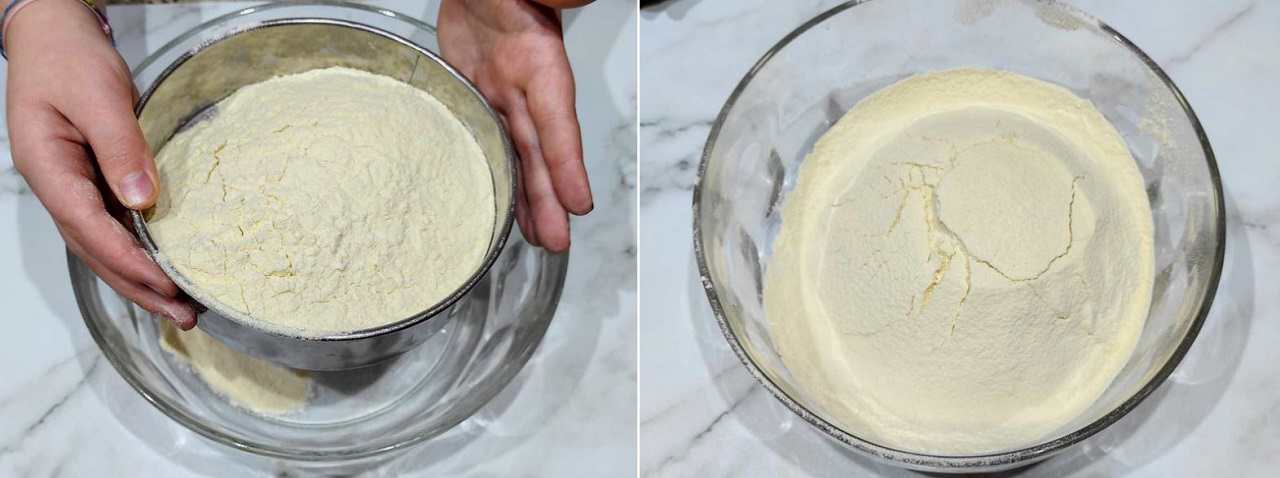
Add the whole egg, mixing it well with the flour.
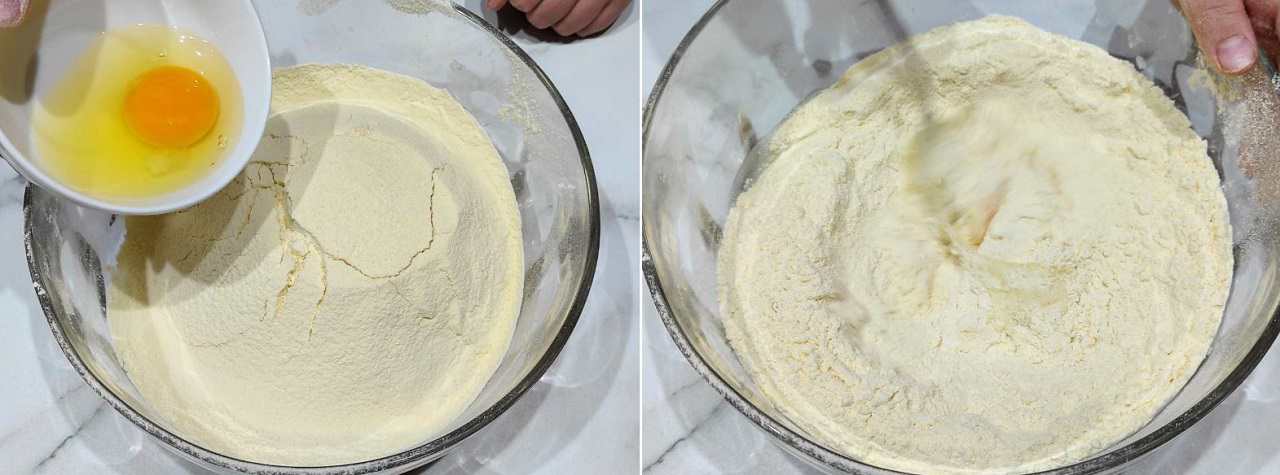
Slowly pour in the warm water, mixing initially with a fork, then start kneading with your hands.

Also add the lard, continuing to knead by hand to mix it with the rest of the mixture.
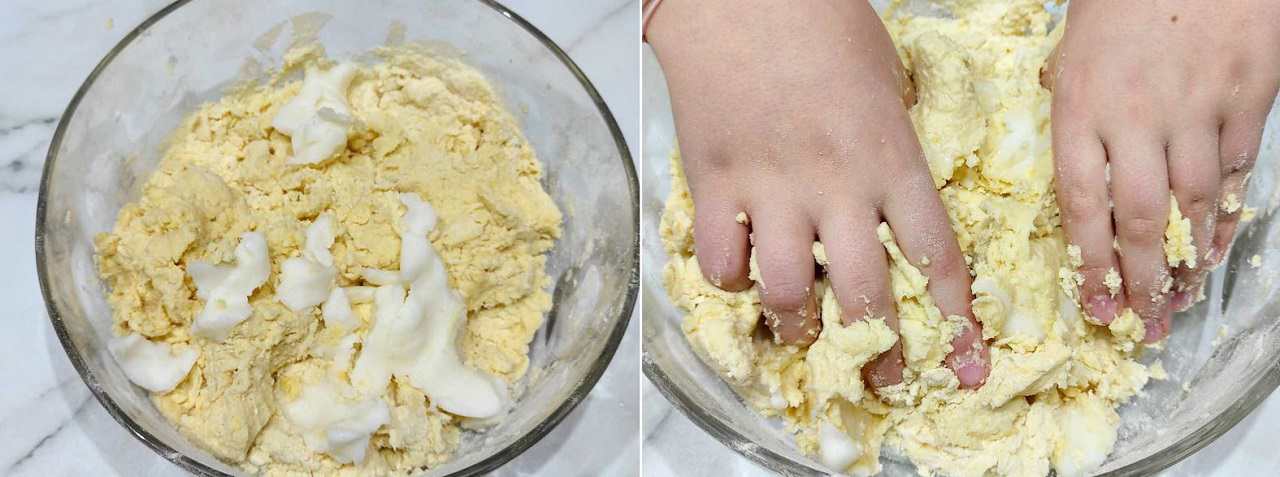
When the dough is compact enough, transfer it to a lightly floured surface. Keep kneading until you get a smooth and elastic dough.
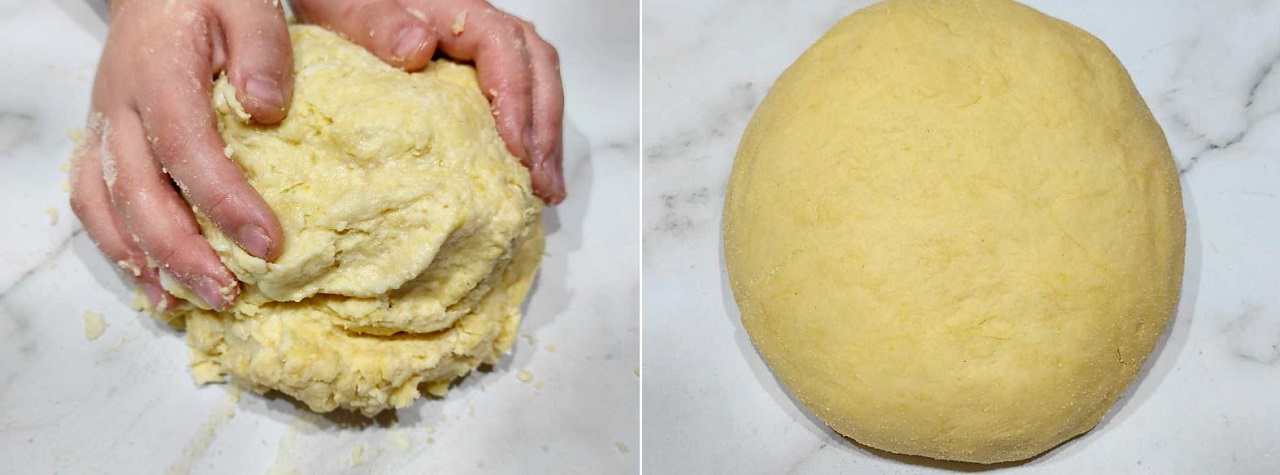
Wrap the dough in cling film. Let it rest in the refrigerator for about 30 minutes.
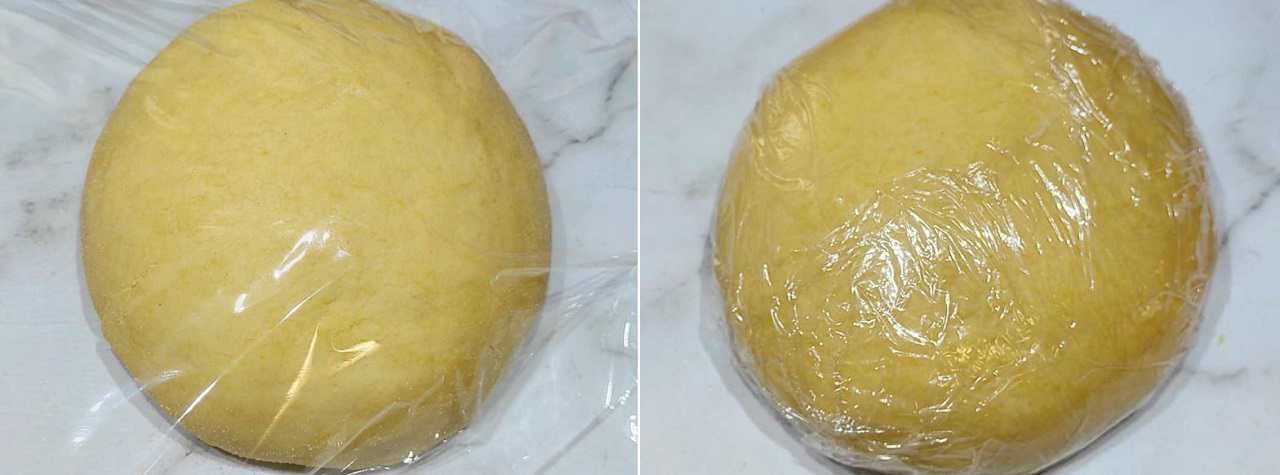
In the meantime, prepare the filling by grating the zest of an untreated lemon.
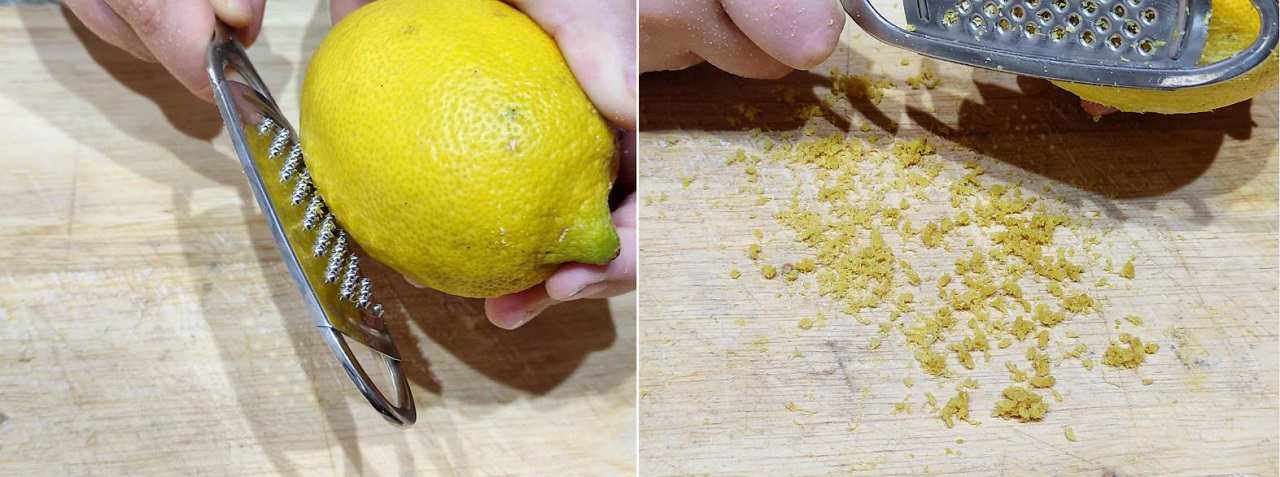
Also grate the fresh Sardinian pecorino with a grater with large holes, directly into a pan.
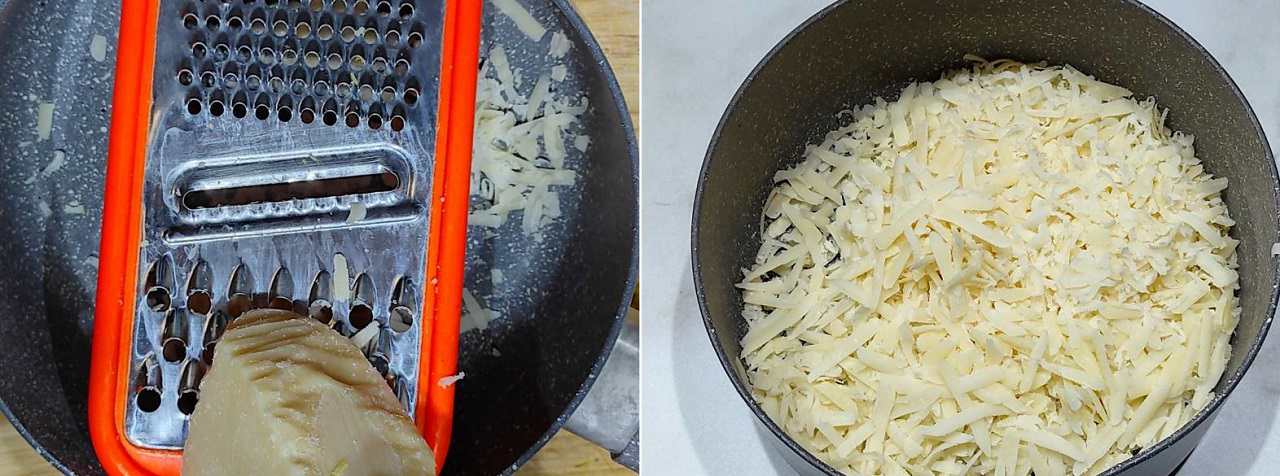
Pour the water into the pan with the pecorino cheese and turn the heat on to a moderate flame. Stir continuously and let it melt. It will take you about 10 minutes.
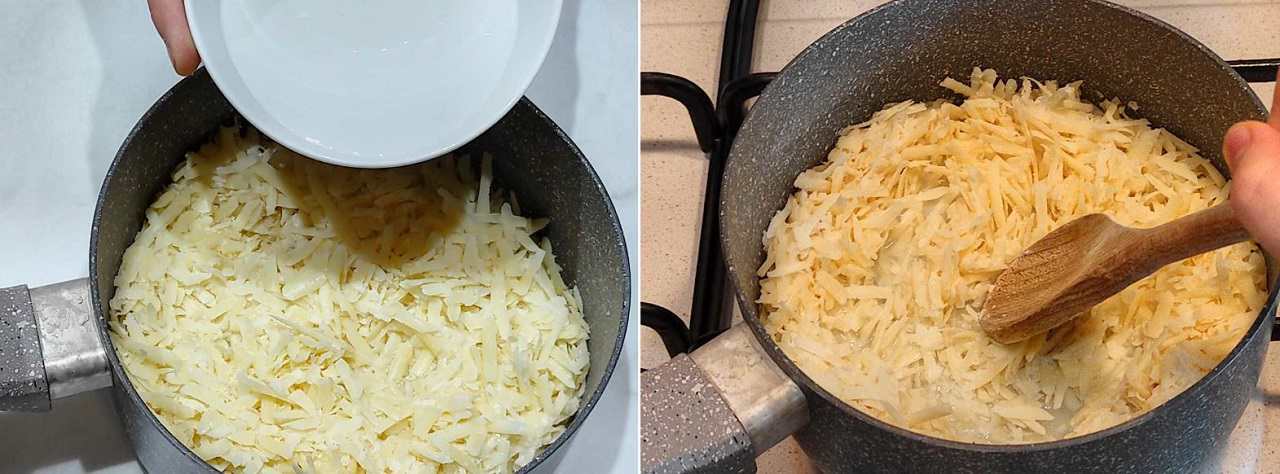
When the pecorino is completely melted, turn off the heat and add the lemon zest, mixing quickly. Immediately pour the mixture onto a large piece of parchment paper.
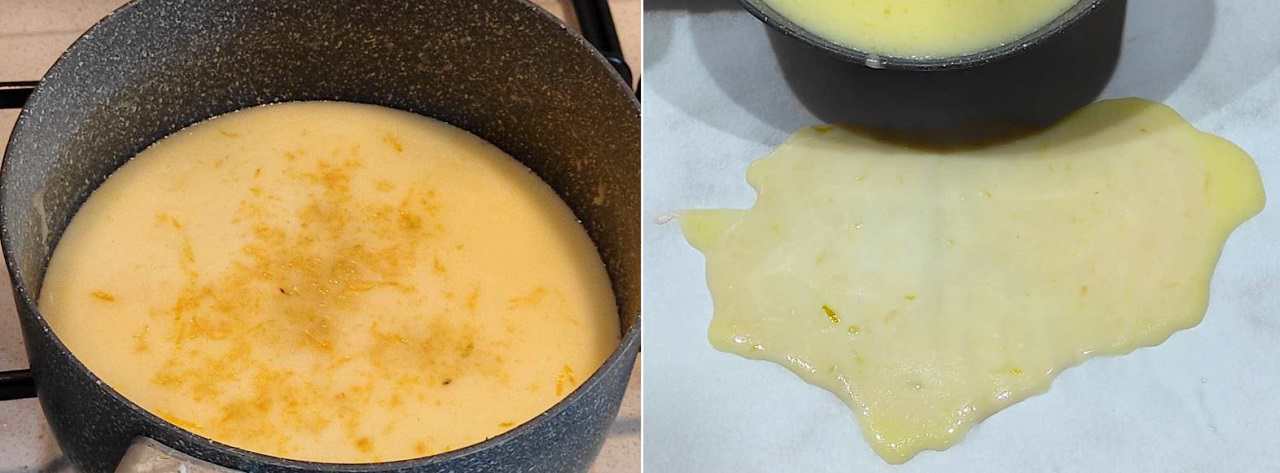
Try to get a rectangle of pecorino of about 40×30 cm. Set aside and let it firm up.
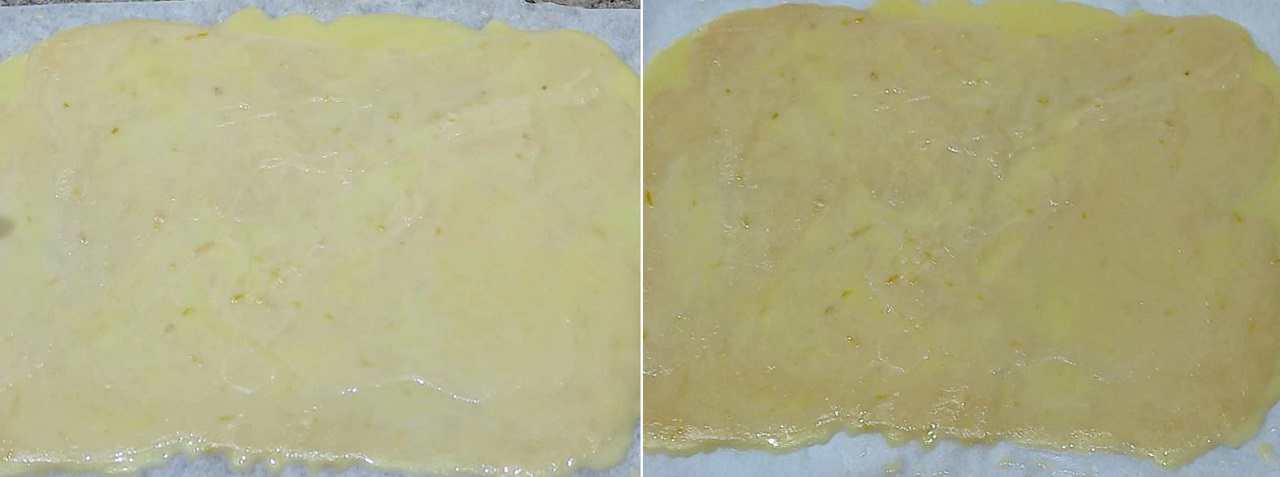
When the pecorino has cooled, cut 12 discs with an 8 cm pastry cutter. If you don’t have a cookie cutter, you can use a glass and trim the edges with the tip of a knife.

Retrieve the dough ball from the fridge and place it on a lightly floured work surface. Roll it out with the help of a rolling pin until you get a sheet about 3 mm thick. Alternatively you can use the pasta machine.
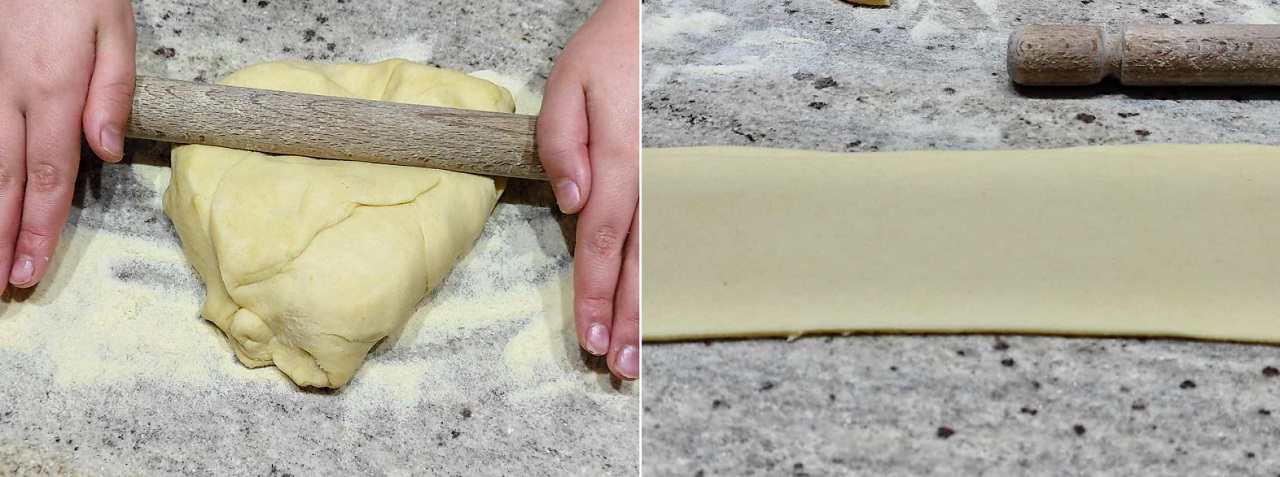
Arrange the pecorino discs on the sheet, leaving about 2 cm between each disc. Cover with another sheet of pastry.
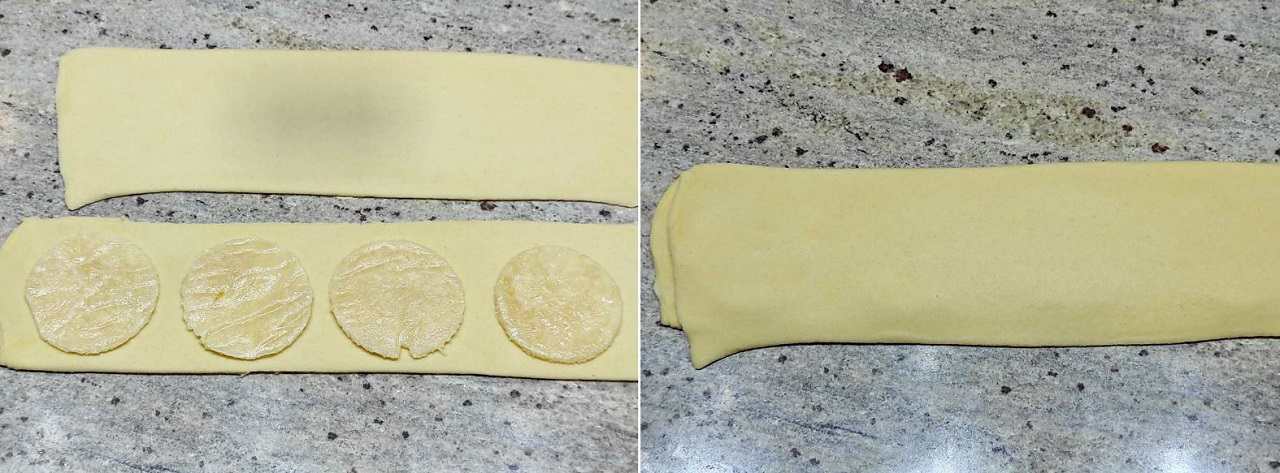
Press the dough around the filling by pressing with your fingertips to eliminate any air bubbles. With a 10 cm diameter pastry cutter with wavy edges (or a slightly larger glass than the one used previously), cut out the individual seadas. Place them on a floured surface, spaced apart to prevent them from sticking.

Pour the seed oil into a narrow saucepan with high sides and turn on the heat over medium heat until it reaches 170°. Dip the seadas one at a time. The oil is at the right temperature if the seadas are surrounded by bubbles. (

Cook each seadas for about 2 minutes, until they are golden brown. Drain it with a slotted spoon and place it on a tray lined with absorbent paper.
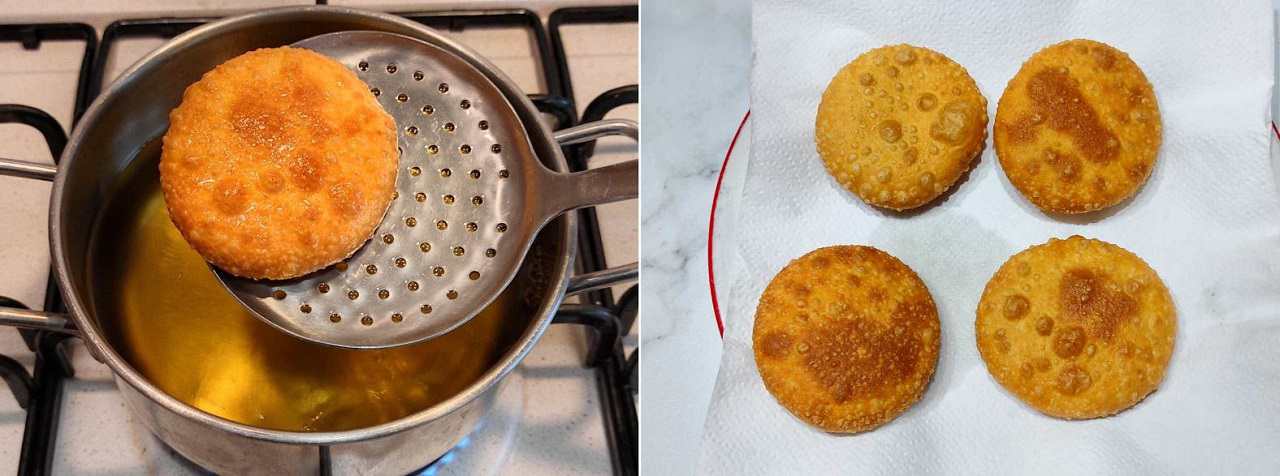
Advice and tips
You can cook the seadas in static oven preheated to 180° for 15 minutesbut the result will be less fragrant than traditional frying.
The oil in the pot must be abundant and completely cover the seadas. If it doesn’t cover it entirely, turn it carefully with the help of a spoon. Do not pierce them, otherwise the cheese will leak out, compromising cooking and oil.
A small alternative: instead of lemon, you can use the orange zest to flavor the filling.
storage
The seadas can be frozen raw. To do this, arrange them on a tray, leave them in the freezer for about 30 minutes, then you can place them in bags to freeze. This way you will prevent them from sticking together.
Then fry them directly from frozen. Once cooked, however, it is preferable to consume them immediately.
History
In Sardinia, seadas are known by many names, which vary according to the province: sebadas, for example, but also seatta, sevada, sabada up to casgiulata, a name used in province of Sassari. Most of the names, however, derive from the ancient Sardinian word “seu” which indicates pork lard, precisely because these very special sweets they are rigorously made with lard.
Ingredients for 12 seadas
- Lard: 60 g
- Durum wheat flour: 400 g
- Eggs: 1 medium
- Warm water: 220 g
- Fresh Sardinian Pecorino: 500 g
- Water: 60g
- Lemon: 1
- Seed oil for frying: 500 ml
- Honey: to taste
- Preparation: 40 minutes
- Cooking: 25 minutes
- Total: 1 hour, 5 minutes
- Calories: 415 calories/portion


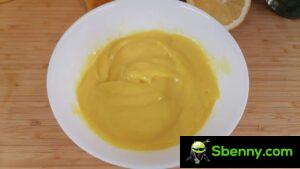

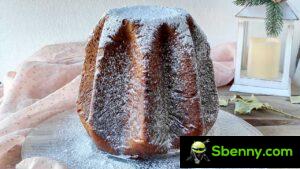


Start a new Thread